

AI writing & research for Product Managers Write, Research 10X Faster AI for product managers. Write faster, research smarter, and make better product decisions.
AI Torke is a virtual assistant that content creators & influencers use to create unique content for blogs, videos, and social media, FASTER, so they can attract more followers and monetize relationships with existing ones
AI UX Assistant elevates website user experience and conversion rate optimization. It provides in-depth UX reports and actionable CRO advice. Using AI, it translates data into clear insights, enhancing web performance and collaboration. youtube.com/watch?v=gi1WlPskVhg
AI Powered app helps YouTubers respond to user comments quickly and efficiently. It also offers comment analytics, including emotions and sentiment categories, and allows for easy visualization of key topics.
OpenAI API is a state-of-the-art platform offering access to advanced language, vision, and recommendation models. This API has revolutionized the technology industry by providing developers with cutting-edge tools to create innovative applications. By leveraging OpenAI's powerful algorithms, developers can enhance their products' capabilities and improve their user experience. With its intuitive interface and easy-to-use features, OpenAI API is the ideal solution for businesses looking to stay ahead of the competition. Its ability to generate high-quality content, analyze data, and make accurate predictions makes it a game-changer in the world of artificial intelligence.
GPT-2 AI Tool is an innovative natural language processing tool designed to produce text based on inputted prompts or topics. Powered by advanced AI technology, this tool has the potential to revolutionize the way we generate written content by enabling us to create high-quality and engaging text in a matter of minutes. With its ability to understand the nuances of language and context, GPT-2 AI Tool promises to be a game-changer for businesses, researchers, and individuals looking to streamline their content creation process. In this article, we will explore the features and benefits of this cutting-edge tool in more detail.
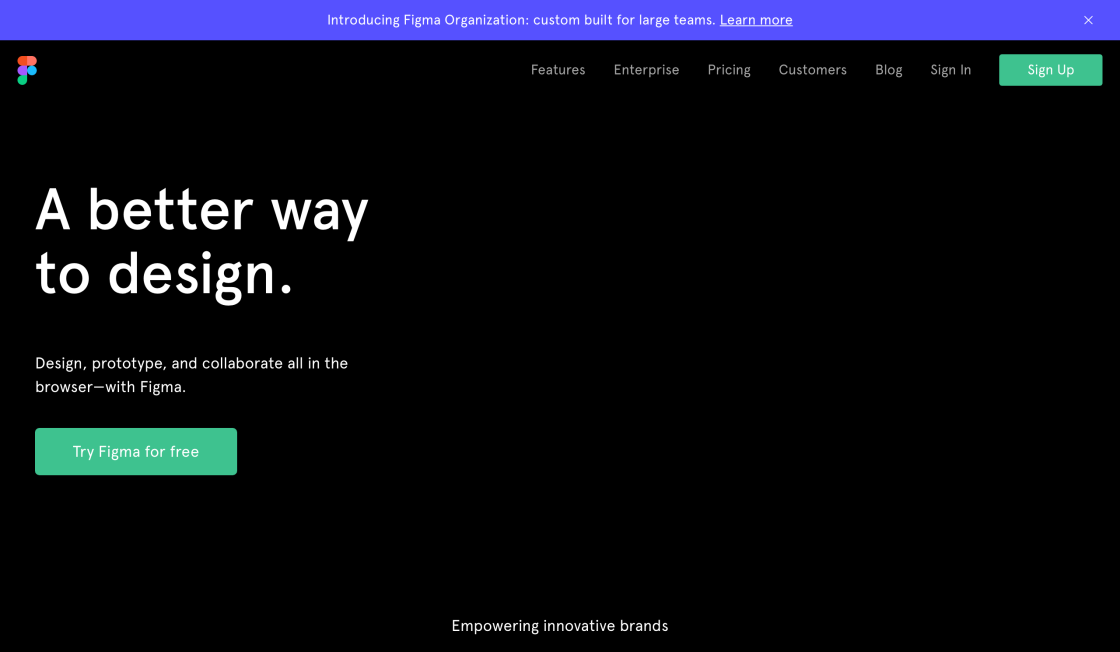
ChatGPT SVG Icon To Figma
AI Powered Design

500+ Openers For Tinder Written By GPT-3
500+ Original Conversation Starters
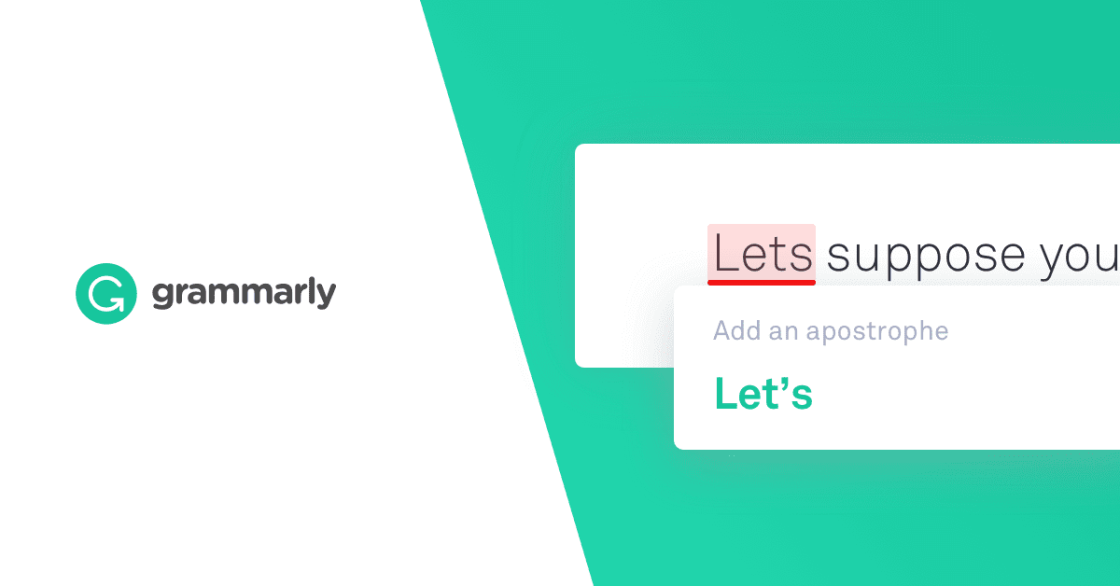
Grammarly
Grammarly: Free Online Writing Assistant
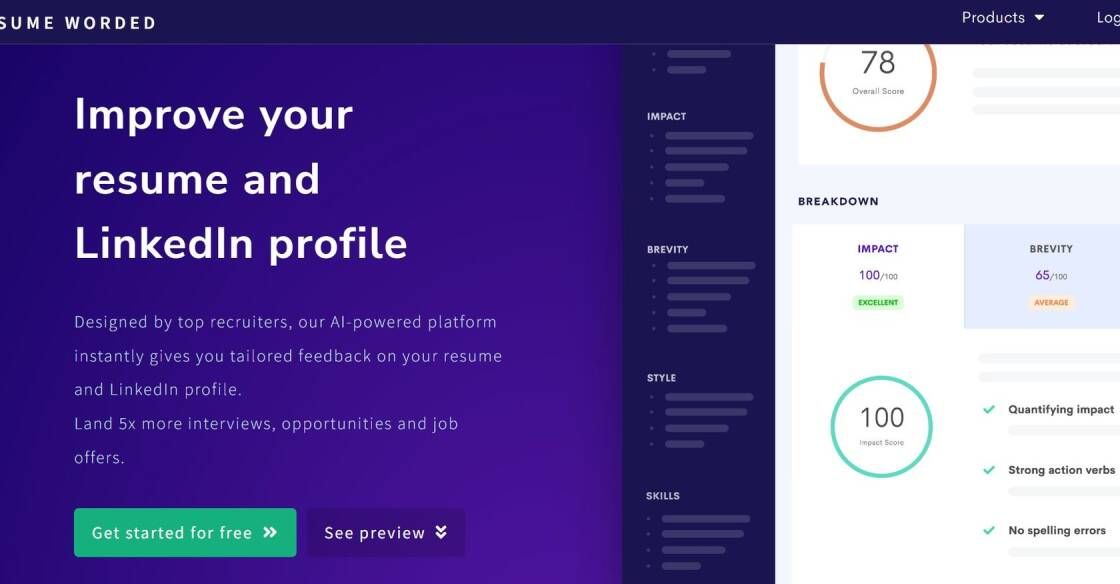
Resume Worded
Resume Worded - Free instant feedback on your resume and LinkedIn profile
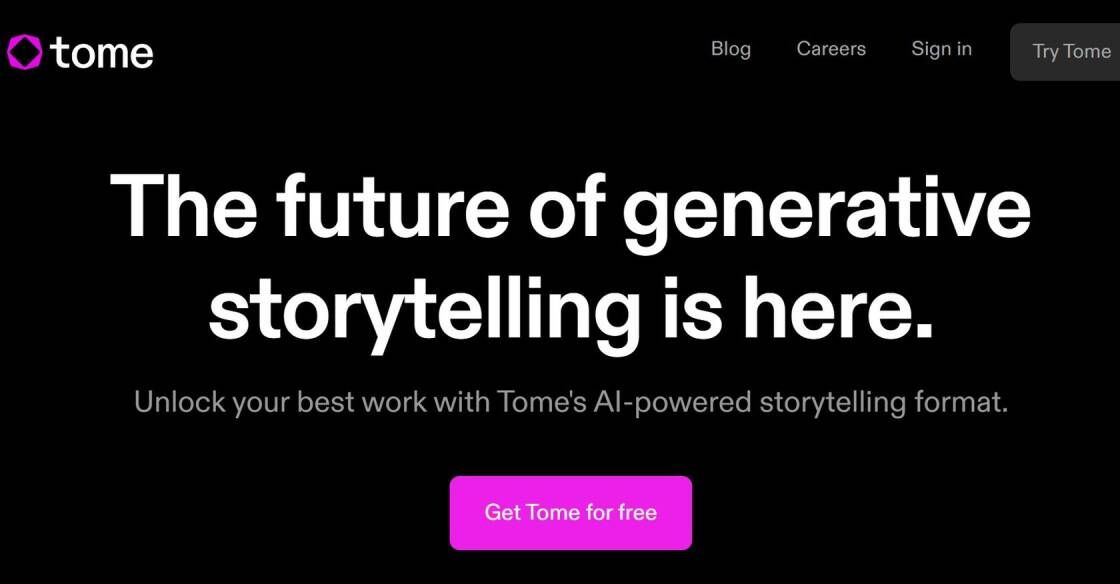
Tome
The Future of Content Management
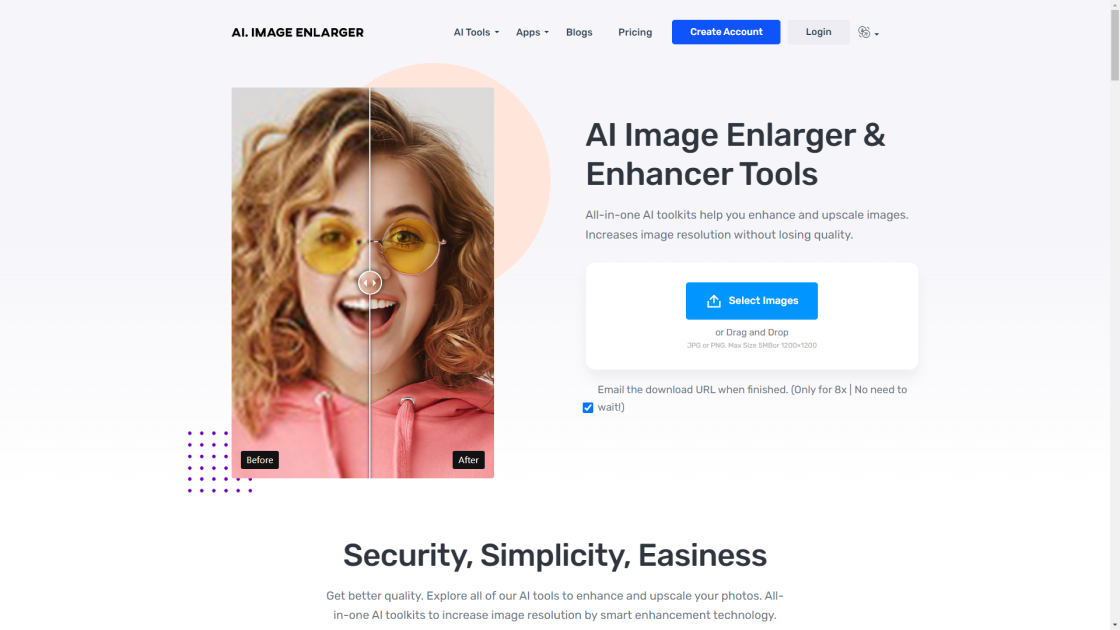
AI Image Enlarger
AI Image Enlarger | Enlarge Image Without Losing Quality!
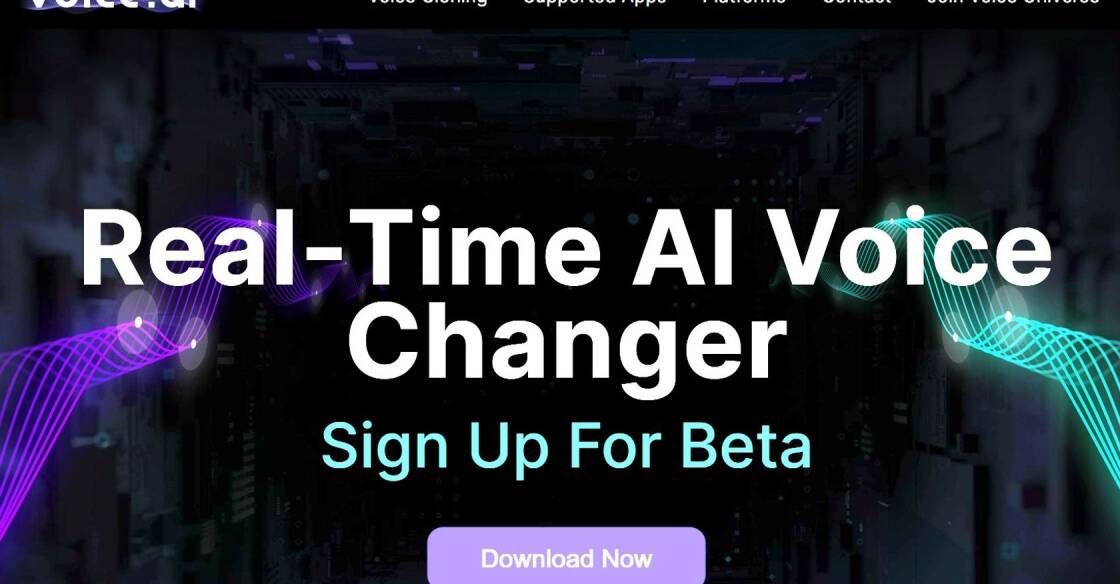
Voice-AI
Voice Analysis and Optimization
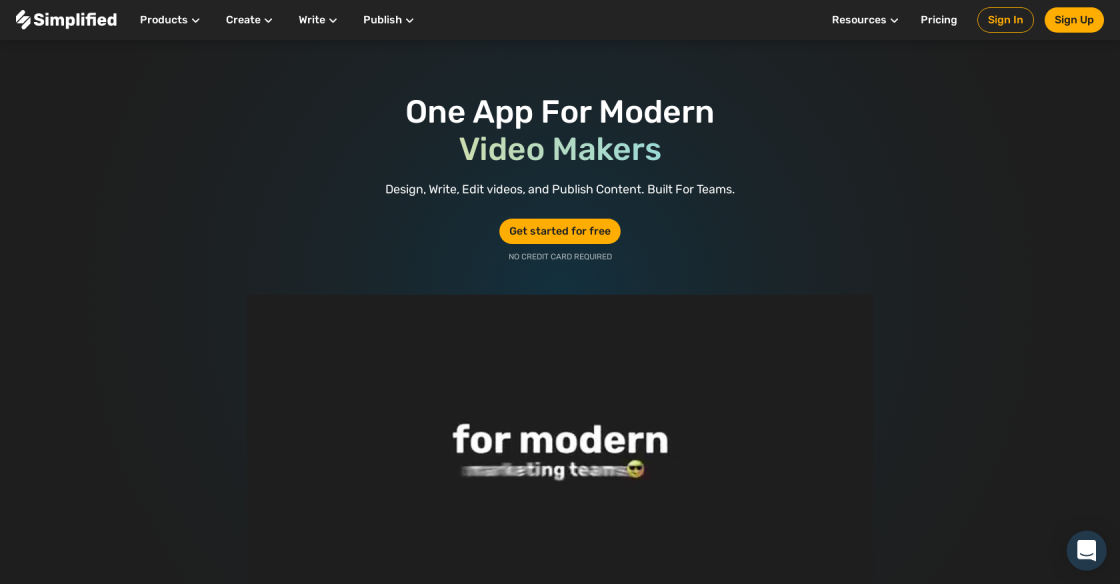
Simplified
Free AI Writer - Text Generator & AI Copywriting Assistant
BioGPT is a Microsoft language model that has been specifically trained for biomedical tasks. It is a deep learning-based system that leverages natural language processing (NLP) techniques to extract meaning from text. The model is specifically trained to identify and classify biomedical concepts such as biological entities, diseases, genes, and proteins, as well as other related topics. It can also detect relationships between these concepts and build semantic graphs to better understand the meaning of the text. In addition, BioGPT can generate descriptions of biomedical concepts in natural language, making it an effective tool for both biomedical research and clinical decision support. Furthermore, its accuracy and speed can be further optimized with the help of additional training data. All in all, BioGPT is a powerful tool for biomedical tasks that promises to revolutionize the way we approach this field.
BioGPT is a Microsoft language model trained for biomedical tasks.
BioGPT can be used for tasks such as biomedical text-mining, biomedical question answering, and natural language processing in the biomedical domain.
BioGPT is specifically trained for biomedical tasks, giving it an advantage over other general-purpose language models for understanding biomedical data.
No, BioGPT is proprietary software developed by Microsoft.
BioGPT uses natural language processing (NLP) to understand biomedical data.
BioGPT has achieved state-of-the-art results on various biomedical tasks.
No, BioGPT can run on any computer with an internet connection.
Microsoft offers a free trial of BioGPT on its website.
Yes, BioGPT is limited to biomedical tasks and may not be suitable for other types of language processing.
Yes, Microsoft provides APIs for customizing BioGPT for specific tasks.
| Competitor | Difference from BioGPT |
|---|---|
| BERT | BERT is a deep learning model that can be used for many natural language processing tasks such as question answering, sentiment analysis, and text classification. Unlike BioGPT, BERT does not require any pre-training and can be fine-tuned for specific tasks. |
| ELMo | ELMo is a deep learning model based on recurrent neural networks that can capture complex linguistic information such as word order and context. Unlike BioGPT, ELMo does not require pre-training and can be trained directly on the target task. |
| GPT-2 | GPT-2 is a transformer-based language model developed by OpenAI which is a more powerful version of the original GPT model. Unlike BioGPT, GPT-2 requires pre-training and is generally better suited for large scale language modeling. |
| RoBERTa | RoBERTa is an optimized version of BERT developed by Facebook AI Research. It uses a larger training dataset and more training steps than the original BERT model. Unlike BioGPT, RoBERTa does not require pre-training and can be fine-tuned for specific tasks. |
BioGPT is a language model that has been developed by Microsoft for use in biomedical tasks. It is based on the popular GPT-3 architecture and has been trained on biomedical data to enable it to better understand and generate text related to the field of biomedicine. BioGPT is designed to be used in tasks such as summarizing scientific papers, generating scientific abstracts, and providing insights into data.
BioGPT was created with an eye towards natural language processing (NLP) applications in the biomedical domain. It is well-suited for such tasks due to its ability to effectively identify key concepts within biomedical documents and to generate text that reflects the meaning of the original text. Additionally, BioGPT can be used to extract information from large biomedical datasets and to generate insights that can be used to improve medical treatments and patient outcomes.
BioGPT is also capable of recognizing biomedical terms and concepts, making it easier for researchers to search for relevant information. This makes it a valuable tool for both medical professionals and those involved in medical research. Furthermore, the language model can be used to create virtual assistants and chatbots that can help patients find answers to their medical questions.
Overall, BioGPT is a powerful language model that has been designed for use in biomedical tasks. Its ability to recognize biomedical terms, generate text that accurately reflects the source material, and extract insights from biomedical datasets makes it a valuable tool for medical professionals and researchers alike.
TOP